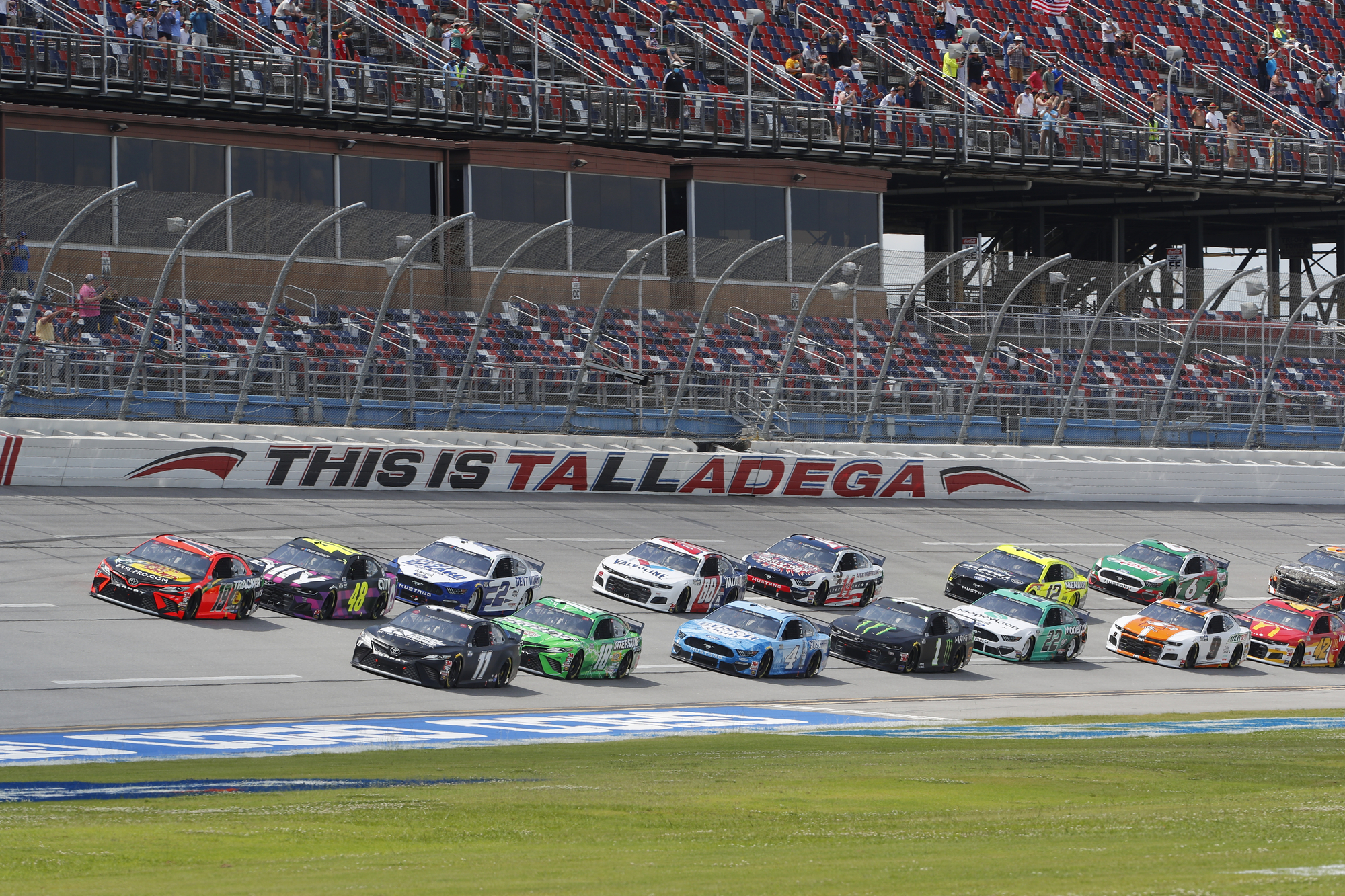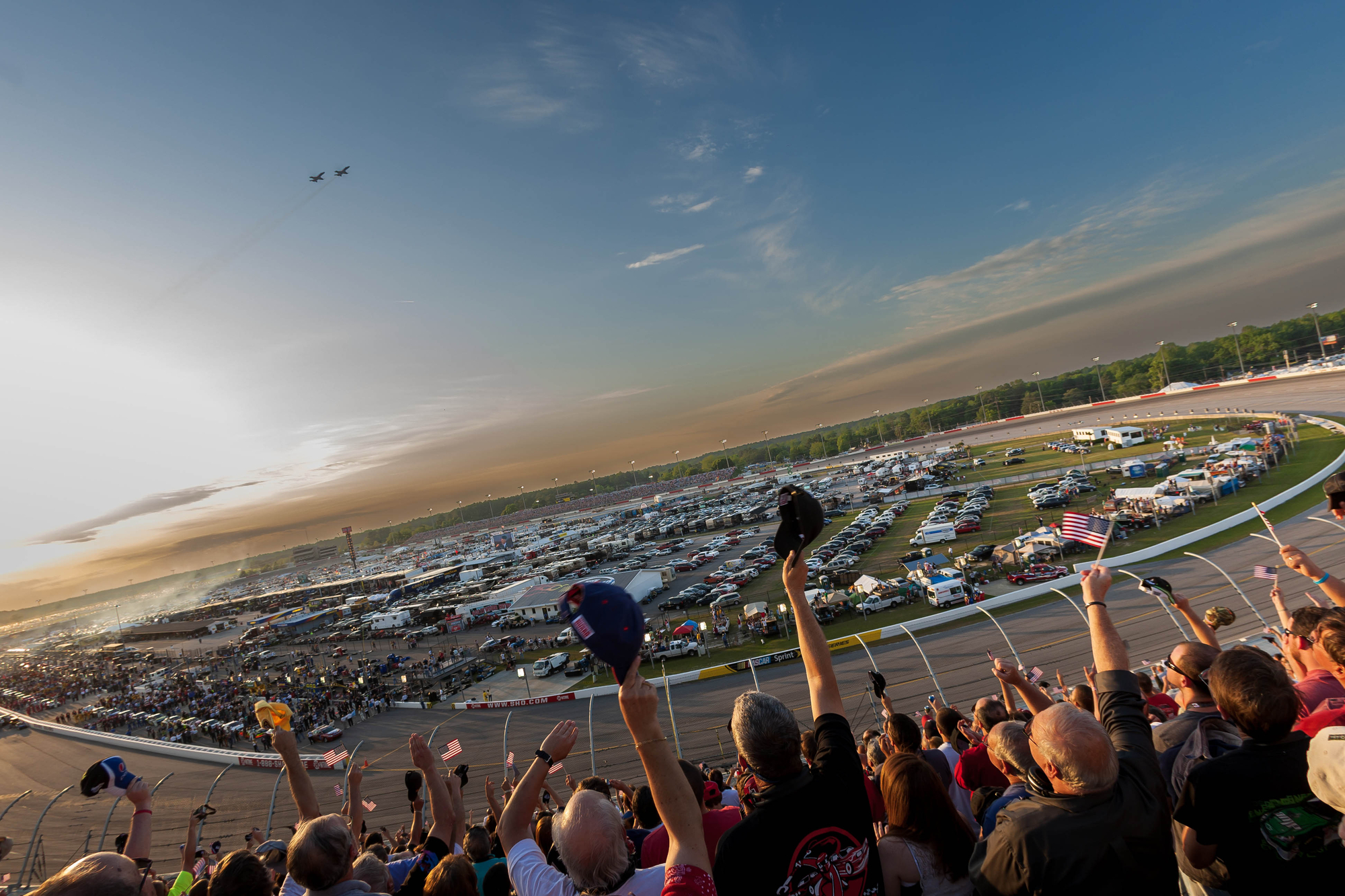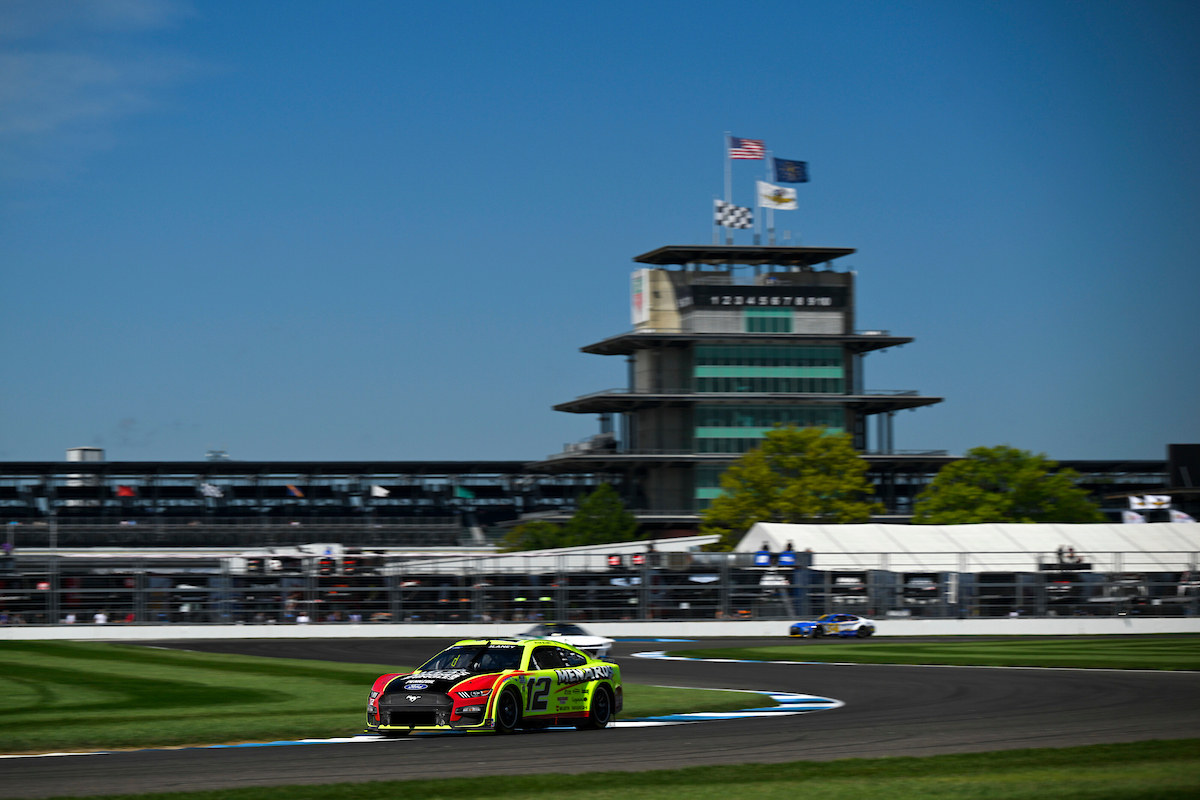How do Nascar drivers know when to pit?
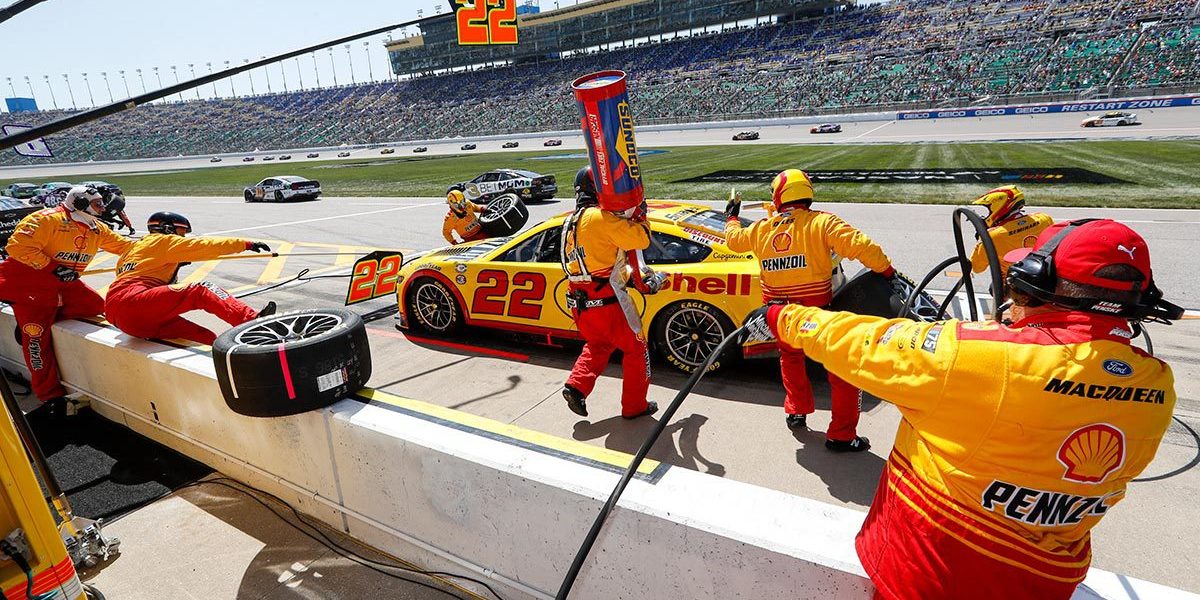
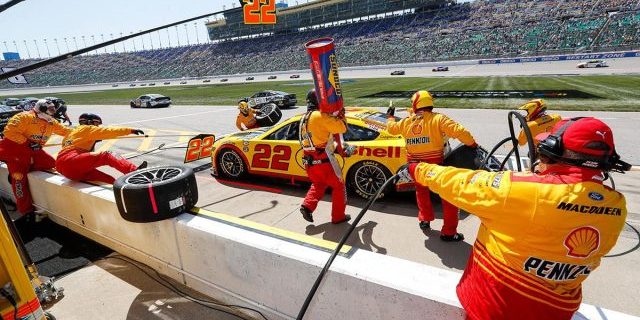
One of the most crucial decisions a NASCAR driver must make during a race is when to pit. Pit stops can make or break a driver’s chances of winning, and timing is everything. So how do NASCAR drivers know when to pit? In this article, we’ll take a closer look at the strategies and technologies that drivers and their teams use to determine the optimal time to make a pit stop. From fuel mileage calculations to real-time data analysis, we’ll explore the fascinating world of NASCAR pit stops and the science behind them.
Table of Contents
What is a Pit Stop in NASCAR?
In NASCAR, a pit stop is when a racing car stops in the pit lane for refueling, new tires, repairs, mechanical adjustments, a driver change, or any combination of the above. It’s a strategy-laden, adrenaline-charged moment that can often determine the outcome of the race.
Why are Pit Stops Crucial in NASCAR?
Pit stops are an integral part of NASCAR racing strategy. These stops are not only about refueling and changing tires, but also about making necessary adjustments and repairs to the car. Timing these stops correctly can greatly affect a driver’s position and ultimately the race’s outcome.
How Can Pit Stops Affect the Race Outcome?
Understanding the significance of pit stops is crucial not only for the teams participating in the race but also for fans and bettors. A pit stop can dramatically change the course of the race, and consequently, the betting results.
The Impact of Pit Stops on Race Dynamics
A well-executed pit stop can gain a driver several positions, while a poor one can lose the race. If a driver enters the pit in the lead but the team struggles with changing tires, refueling, or making adjustments, that driver could return to the track in a much lower position. Conversely, a flawless pit stop can help a driver move up in the rankings, even if they weren’t leading when they pitted.
Pit Stops and Betting on NASCAR Races
For those betting on NASCAR races, understanding the pit stop strategy of each team can be a game-changer. According to analysis by TheTrader, betting odds can shift dramatically based on the pit stop performance of the top drivers. If a leading driver’s team has a reputation for slow pit stops, bettors might favor a driver with a faster, more efficient pit crew. As a bettor, watching pit stops can be just as tense as the race itself, as fortunes can change in the blink of an eye.
In the end, whether it’s the drivers on the track, the crews in the pit, or the fans placing bets, everyone’s eyes are on these critical moments. The humble pit stop truly embodies the saying, “races are often won or lost in the pits.”
Understanding the Art of Timing in Pit Stops
The Role of a Crew Chief
Nascar Crew Chiefs play a vital role in coordinating pit stops. They serve as the strategic masterminds behind the scenes, analyzing various factors and making critical decisions. They rely on a combination of experience, data analysis, and real-time information to determine when a pit stop should occur.
Monitoring Tire Wear and Fuel Levels
One crucial aspect crew chiefs consider is monitoring tire wear and fuel levels. Tires gradually lose grip and performance as the race progresses, affecting a car’s handling. Additionally, fuel consumption is closely monitored to ensure the car has enough fuel to complete the race without running out. Pit stops allow for tire changes and refueling to maintain optimal performance.
Communication with the Driver
Clear and effective communication between the driver and the crew chief is paramount. Through radio communication, crew chiefs relay valuable information to the driver, such as tire conditions, fuel levels, and recommendations regarding the pit stop timing. This collaboration ensures that the driver is well-informed and can make informed decisions on when to pit.
Analyzing Data and Strategy
Data analysis plays a crucial role in determining the timing of pit stops. Crew chiefs analyze various data points, such as lap times, tire wear rates, and fuel consumption patterns. They consider historical data, track conditions, weather forecasts, and the race situation to develop a strategic pit stop plan.
Pit Stop Timing
Determining the ideal timing for a pit stop is a balancing act. Crew chiefs aim to minimize time spent on the pit road while maximizing the advantages gained from fresh tires and fuel. They assess the race situation, including track position, competitors’ strategies, and the impact of caution periods, to make timely decisions.
The Pit Road
The pit road is a designated area where pit stops occur. It is located along the racing circuit and equipped with various amenities and tools necessary for efficient pit stops. NASCAR regulations dictate specific speed limits and safety rules to ensure the well-being of the pit crew and drivers.
Pit Crew Execution
Executing a flawless pit stop requires a highly skilled pit crew. Each member of the crew has a specific role, such as tire changers, fuelers, and car adjusters. Their synchronized movements and precision are vital to minimize the time spent on the pit road and facilitate a swift and effective pit stop.
Pit Stop Duration
Pit stop duration is a critical factor in a driver’s race strategy. A well-executed pit stop can gain valuable seconds over competitors, potentially improving a driver’s position on the track. Teams strive to reduce pit stop times through continuous training, advanced equipment, and efficient coordination.
Components that Determine the Pit Stop Time
Fuel and Tire Strategy
Fuel consumption and tire wear are critical aspects of pit stop strategy. A team must decide whether to go for a full tank of fuel, which takes longer, or just enough to finish the race. Similarly, changing all four tires offers better grip but takes more time than changing just two.
Damage Repair
Damage to the car during the race, whether from a collision or mechanical failure, can necessitate a pit stop. Depending on the severity of the damage, this can significantly impact the length and timing of the stop.
The Role of Pit Crew in a Successful Pit Stop
Composition of a NASCAR Pit Crew
A NASCAR pit crew consists of several roles, including a jackman, tire carriers, tire changers, a fueler, and a catch-can man. Each member plays a critical part in ensuring a successful and timely pit stop.
The Choreography of a Pit Stop
The pit crew’s performance during a stop can be likened to a well-rehearsed ballet. Every second count, and each member has a specific job to perform in a specific order to ensure a smooth and swift pit stop.
What Happens if Pit Stop Rules are Broken?
NASCAR Pit Stop Regulations
NASCAR has several regulations in place to ensure fair play during pit stops. These include rules about the number of crew members allowed over the wall and the equipment that can be used.
NASCAR has strict rules governing pit road behavior. Pit crew members must adhere to safety protocols, such as wearing protective gear and operating within designated areas. Violations can result in penalties that may negatively impact a driver’s race position and overall performance.
Consequences of Breaching Pit Stop Rules
Violations of pit stop rules can result in penalties, ranging from time penalties to fines or even disqualification. This underlines the importance of not just speed but also precision and adherence to rules during pit stops.
How do Nascar drivers know when to pit? – Frequently Asked Questions
1. How do Nascar drivers know when to pit?
Drivers rely on their crew chief and spotter to determine the optimal time to pit. They consider factors such as tire wear, fuel level, track conditions, and the performance of other drivers. Drivers also monitor their car’s telemetry data to gain insight into their performance and help make pit strategy decisions.
2. How often do Nascar drivers have to pit?
It depends on the length of the race and the car’s fuel capacity. Most Nascar races are between 200 and 500 miles, and drivers typically pit every 50-60 laps for fuel and tires. However, caution periods and other variables can impact the timing of pit stops.
3. Do Nascar drivers have to follow a pit schedule?
No, there is no set pit schedule for Nascar drivers. Pit strategy varies based on the unique circumstances of each race, such as the number of caution periods and the behavior of other drivers. Crew chiefs and spotters continuously assess the race situation and adjust the pit strategy accordingly.
4. Why do Nascar teams use different pit strategies?
Nascar teams use different pit strategies to gain a competitive advantage. Some teams may opt for a fuel mileage strategy to minimize the number of times they have to pit, while others may prioritize fresh tires to improve their car’s handling on the track. The decision of which strategy to use depends on a variety of factors, including track conditions, weather, and the performance of other drivers.
5. How much time do Nascar drivers spend in the pits?
The length of time a driver spends in the pit can vary, depending on the type of service being performed. A typical pit stop for fuel and tires takes between 12-15 seconds, while more extensive repairs can take several minutes. However, the speed of the pit stop is critical, as it can greatly impact a driver’s race performance.
6. Can Nascar drivers communicate with their pit crew during the race?
Yes, Nascar drivers can communicate with their pit crew through radio communication. Crew chiefs and spotters relay information about the race situation, including the positions of other drivers and any potential hazards. Drivers can also give feedback about how their car is performing and request adjustments to the setup during pit stops.







